SHARE

EHR System Know-How: Seamless Hospital Integration from Labs to Pharmacies and Beyond

A well‑built EHR system becomes the hospital’s central nervous system only when it connects every node, from automated lab analyzers to community pharmacies. This guide explains how that connection works, why it matters, and which standards, steps, and safeguards keep data and patients safe. Read on for a hands‑on roadmap, real examples, and answers to common questions about Electronic Health Records integration.
Table of Contents
Why Seamless Integration Matters
When a blood test result lands in the chart seconds after completion, or a prescription arrives at the pharmacy before the patient leaves the exam room, clinicians gain time and certainty. Integrated workflows cut manual data entry, reduce duplicate tests, and shrink medication‑error risk. A recent review found that hospitals that linked their EHR software to lab and pharmacy systems saw turnaround times drop by 25% and transcription errors fall by two‑thirds.
1. What an EHR System Really Is

Many people use “electronic health records” and “EHR system” as if they mean the same thing. Think of records as the data and the system as the engine that stores, displays, and exchanges that data. A mature EHR system, therefore:
- Stores structured clinical data (vitals, notes, images).
- Offers secure access to staff, patients, and third‑party apps.
- Speaks common standards (HL7 v2, FHIR, NCPDP SCRIPT).
- Provides APIs or interface engines that let outside tools plug in.
Without those “plugs,” the EHR becomes a silo that slows care.
2. Critical Touchpoints: Labs, Pharmacies & Beyond
- Lab Interfaces: Orders flow out, results flow back. Bi-directional HL7 ORU messages carry numeric values and reference ranges. Reflex testing rules fire automatically, saving clinicians from extra clicks. A Midwest hospital cut result phone calls by 80% after activating real‑time lab messaging.
- Pharmacy Connectivity: EHR software that uses the NCPDP SCRIPT standard lets prescribers send electronic prescriptions, receive fill‑status notifications, and check drug‑allergy conflicts in one screen. Studies show e‑prescribing reduces handwriting errors and saves pharmacists roughly one minute per script.
- Imaging & Radiology: DICOM images and HL7 ORM/ORU messages keep X‑rays, CT scans, and reports in the right chart. Smart links preview key images without opening a separate viewer, speeding decisions in the Emergency Department.
- Point‑of‑Care Devices: Smart pumps and bedside monitors stream vitals straight into the EHR system, eliminating clipboard transcription that once led to dose miscalculations.
- Revenue‑Cycle Platforms: When orders, charges, and authorizations synchronize, billing lag shrinks and denial rates fall. Interface engines map clinical codes (LOINC, SNOMED CT) to financial ones (Current Procedural Terminology (CPT), ICD‑10).
3. The Standards That Make Data Travel
| Standard | Role in Integration | Notable Use Case |
|---|---|---|
| HL7 v2 | Legacy backbone for lab, ADT, and order messages | 95 % of U.S. hospitals still use HL7 v2 for core feeds |
| FHIR R4 | Modern, web‑based API framework | Mobile apps pull allergies in seconds |
| NCPDP SCRIPT | Pharmacy prescription exchange | Mandatory for U.S. e‑prescribing (CMS rule) |
| DICOM | Imaging files & metadata | Cardiology echo loops |
| CDA / C‑CDA | Snapshot summaries (discharge, referrals) | Admitted‑to‑SNF handoff packets |
Standards matter because confidential formats lock data away. Hospitals planning a fresh EHR system should insist on FHIR‑native APIs, then layer HL7 bridges only where older devices demand them.
4. Real‑World Example: Mid-Sized Hospital EHR Integration

A 300-bed hospital spent eight months linking its EHR system to:
- Three external pathology labs
- A robotic dispensing pharmacy
- A cloud PACS for radiology
The team converted 45 legacy feeds to FHIR APIs using an interface engine. Result: average lab‑to‑chart time fell from 90 min to 12 min; medication‑reconciliation errors dropped by 42%.
5. Legacy vs Modern Integration—A Quick Comparison
| Feature | Point‑to‑Point Links (Legacy) | API‑First Gateway (Modern) |
|---|---|---|
| Interface Count | One feed per partner | One gateway serving many |
| Maintenance Effort | High—every update breaks links | Low-versioned APIs isolate changes |
| Real‑Time Data | Often batched hourly | True real time |
| Vendor Lock‑In | Strong | Weak |
| Scalability | Difficult | Elastic, cloud‑ready |
6. Step‑by‑Step Roadmap to Seamless Integration
- Map the Current State – List every device, lab, and external partner touching patient data.
- Pick a Standards Stack – Commit to FHIR + NCPDP SCRIPT + HL7 fallback.
- Choose an Interface Engine – Open‑source (Mirth) or commercial (Rhapsody), depending on volume.
- Start with High‑Value Flows – Lab results and e‑prescribing usually pay off fastest.
- Pilot, Measure, Iterate – Track turnaround, error rate, and staff time.
- Train Clinicians Early – Show how new alerts and inboxes work before go‑live.
- Establish a Governance Committee – IT, clinicians, pharmacy, and revenue‑cycle leaders meet monthly to review interface logs and change requests.
7. Security and Compliance Essentials
- HIPAA & GDPR Alignment – Encrypt data in transit (TLS 1.3) and at rest (AES‑256).
- Role‑Based Access – Only pharmacists see dosing rules; radiologists see modality controls.
- Audit Trails – Every HL7 or FHIR call is time‑stamped and immutable.
- Vendor Contracts – Business associate agreements must spell out breach‑notification timeframes.
8. What’s Next for Electronic Health Records Integration

- FHIR Subscriptions push real‑time event streams instead of polling.
- SMART‑on‑FHIR apps bring genomics, remote‑patient monitoring, and decision support into the chart without extra logins.
- NCPDP Real‑Time Prescription Benefit lets prescribers see patient‑specific drug costs before signing the order, cutting abandoned scripts.
Conclusion
A fully connected EHR system saves clinicians time and spares patients from repeat sticks, surprise bills, and dangerous errors. By following a standards‑first playbook, HL7 where required, FHIR everywhere else, and securing each feed, hospitals can integrate labs, imaging, billing, and pharmacy into a single, trustworthy record. Ready to bring seamless EHR software integration to your facility? Let’s talk at Diligentic Infotech.
FAQs
How long does lab integration usually take?
For a midsize hospital, a single bidirectional lab feed averages four to six weeks, including mapping, testing, and validation.
How do hospitals prevent data breaches during integration?
They use end‑to‑end TLS encryption, rotate keys regularly, enforce multi‑factor authentication, and monitor interface logs for anomalies.
Which standards are essential for integrating labs and pharmacies with an EHR system?
HL7 v2 still drives most lab orders/results, NCPDP SCRIPT is mandatory for electronic prescribing, and FHIR R4 APIs should be required of every new vendor to keep your Electronic Health Records future‑proof.
Engage with our experts
Subscribe to our newsletter!
Be the first to get exclusive offers and the latest news.
Posted on 2 Dec 2025
AI Automation: The Most Impactful Use Cases Companies Can’t Ignore
AI Automation is not optional anymore. Companies that ignore it fall behind in speed, accuracy, and cost management. This guide breaks down the most practical, high-impact use cases of AI and automation with real examples, clear explanations, and honest trade-offs.
Posted on 26 Nov 2025
Why Your Business Needs Professional SaaS Development Services in 2026 (Before It’s Too Late)
If you want your business to stay competitive in 2026, you need a strong software backbone. Engaging a professional SaaS development service gives you cloud-based tools that scale with your growth, keep costs predictable, improve security and access, and reduce maintenance overhead. A dedicated SaaS development company can build custom solutions tailored to your exact needs; something off-the-shelf software rarely matches.
Posted on 18 Nov 2025
Performance Analytics You Can Trust: Metrics That Matter and Metrics You Should Ignore
Most teams track too many numbers and trust the wrong ones, which leads to poor decisions, wasted resources, and dashboards nobody fully understands. Performance analytics only works when you focus on signal metrics,

Reach out
Let’s Start Together
We're a collective of high caliber designers, developers, creators, and geniuses. We thrive off bouncing your ideas and opinions with our experience to create meaningful digital products and outcomes for your business.
Phone Number
+1 (825) 760 1797
hello[at]diligentic[dot]com
